|
The Flying Scot is not the sexiest sailboat on the pond. It's no Bugatti Chiron –– not even one made of Legos. It doesn't foil. It doesn't require crash helmets. It doesn't use more than a skosh of carbon fiber.
Still, the boat is perfect for us right now. The Scuppernong is a two-person affair, it's relatively cheap (some of our sailing friends in other types of boat pay more for one sail than we have for boat, trailer, and a tank of gas for the Winnebago!). And most importantly for people who like to compete: it has a strong, competitive fleet of sailors. Between the Florida District series, the North American Championships, and the other events we try not to miss like the Midwinters and Wife-Husbands, we end up racing the Scot around 25 days each year. Weather permitting of course. We got our first Flying Scot (The Mighty Majestic, #4925) in 2007, Eleven years later makes it 275 days of racing –– plus maybe an additional 50 days of practice sailing, where we gather together with some friends and we all try to go faster and polish our boat-handling skills. That's over a calendar YEAR's worth of sailing in a bit over a decade. That's a lot of jibes. That's a ton of tacks, a megaton of mid-line starts, zillions of billowing acres of spinnaker going up and down again, and enough cranks on that tiny winch to lift a cinderblock to the moon. Muscle memory.
2 Comments
I read Desert Solitaire by Edward Abbey only after we'd hiked in Arches National park in July.
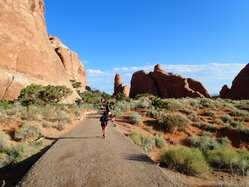 We started the Devil's Garden trail at 6:30 perhaps –– the sun was up, but the shadows were long when we left the paved trail at Landscape Arch. Bonus travel tip: Even in the busiest and most popular national parks, we found that by hiking a few hundred yards down nearly any trail*, we could leave most of the seething mass of vacationing humanity behind. Sad truth: few tourists do more than meander to overlook, snap a photo, and then roar off in an air-conditioned car. Edward Abbey was right: "What can I tell them? Sealed in their metallic shells like molluscs on wheels, how can I pry the people free? The auto as tin can, the park ranger as opener." Desert Solitaire p 290. *Exception to the trail rule? The Narrows at Zion. It was kind of the only game in town after the landslides of 2018 (aside from scaling bare rock faces). That hike –– a wet, awe-inspiring meander up the slot canyon –– did fill up considerably come lunchtime. Early morning or off-season recommended. So, back to the dusty devilly trail. Devil's Garden trail is nearly 8 miles there-and-back again. A good scramble up red sandstone rocks, along ledges, through dusty piñon pine groves. We ran into families of deer –– the females showing ribs and the fawns leggy and curious –– a couple of parties of human hikers, lizards of various stripe, intriguing tracks in the sand, and the odd path marker. Some markers odder than others. To a certain sort of thinker, this is an ambiguous sign: I read it first as a series of nouns: road + leaf + laundry. Clearly wrong. A series of verbs: follows + goes + cleans. Er, nope. Because, you know, why? But interesting. Return to this thought later, I told myself, tucking the camera back into my pocket. I stopped for a sip of water a hundred or two hundreds yards later. The words transposed themselves: Trail Wash Leaves. That seemed nearly probable: maybe the trail had a new name. The National Park people seem to engineer their signage so that visitors can have a more genuine park experience, complete with navigational anxiety and an understanding that maps are imperfect representations of the truth. Maybe. But probably not.
The pieces fitted together a half mile or more later: Alert, hikers: your trail, which has followed the path of this dried stream-bed –– known locally as a wash or a gulch –– is about to diverge from the stream-bed.
Oh. That. Huh. For the rest of the walk, series of words started presenting themselves. Triangular structures, each side a simple word that goes both ways: One can trail one's hand on the trail. One can leave the leaves behind, one can wash the wash. Stone Ride Ice. Rein Plant Saddle Mount Slide Hollow. Chant Riddle Stop. Then we arrived back at the start of the trail. And in the blink of an eye, we were addressing ourselves to pizza and cold beverages and a bookstore on the funky little main drag of Moab.
Half asleep in our narrow berth inside Base Camp, we are roused by sound: a crunching, rattling, scratching assault on the recycling container, a lengthy effort to unsnap the cooler, a hissing dust-up over a piece of aluminum foil that once held roasted chicken.
Eventually, Mr. Linton or I will have had Just About Enough and shout at the intruders. Angry-Daddo-Voice invective, which sometimes works, but does require warning the other person. ("Hey, I'm going to yell." "All right." "GERRROUT OF IT!") Scamper scamper scamper.
This autumn, they discovered both suet and the bird feeders.
As Jeff put it: they ate a whole LOAF of suet. Naturally, they knocked a bird feeder over and emptied it also.
However, the raccoons did.
The first morning, I found the jar tipped over, the lid unscrewed and a small, tidy spill of seeds on the porch.
In the morning, the birdseed was not on my mind. I was blithely drinking my coffee and being all China-to-Peru about the dew-laden field opposite the porch.
I changed lids and put the jar inside. Thin the tin walls of Base Camp may be, and permeable as sponge, but there is a geographical limit to transgression.
You'd think, anyhow. When the light slants just right, a distinct handprint can be seen on the window that looks into the sleeping nook at Base Camp. Maybe two inches across, the little handprint is smeared on the window that stands a good three feet off the ground. I try not to imagine why a raccoon climbed up and appears to have pushed –– pushed!–– on the window that looks into our sleeping quarters.
Nevertheless, I find myself weighing a few options:
Which is where I hit pause. The bandits were here first. They raid for a living.
I'll start by making it prohibitively difficult for them to get satisfaction around Base Camp before taking lethal steps. Muah ha ha. Does everything need to intersect in a person's life? Maybe not. But music does anyhow. When I was a young equestrian, I always kept my ears open for horsey music. I knew enough to hide a shameful soft-spot for Michael Martin Murphy's Wildfire. (I know, I know <shakes head wearily> oy vey.)
When I moved to Florida, I exchanged horses for boats. Yet the music continues to want to intersect... Hence, Wooden Ships by CSN, Sail Away by David Gray, Sail On Sailor by Beach Boy, Land Ho! by The Doors. And the inevitable –– so customizable! –– Drunken Sailor. But wait, as the huckster used to insist, there's more!
Fair winds and following seas, y'all.
"Chrysanthemum" comes from the Greek for "gold" and "flower." You know these flowers: big tidy pots of blooms that last for ages. They show up for sale in the front of high-end grocery stores and at the big hardware warehouse stores. Mums, as we call them in English. Mums at Halloween, autumn colors for Thanksgiving. In Australia, mums are the traditional flower for Mother's day. In China, they are the symbol of autumn and purity. The chrysanthemum is the official flower of Chicago. Who knew? In India, a girl wearing chrysanthemums in her hair is said to bring happiness to her family. And in Japan, they represent longevity. The royal family sits on the chrysanthemum throne. But also –– so I understand after reading one of the Sano Ichiru mysteries by Laura Joh Rowland –– it's a symbol of homosexuality in samurai times. Yeah, don't think about it. But in France, they are the flower for tombstones. People put them in the graveyard on All Saints. For years, I have mistakenly believed that Charles Baudelaire's famous book of poetry Les Fleurs du Mal –– a chunk of which I translated in college, for pity's sake –– was both "the flowers of evil" (a metaphor) and also an actual flower: chrysanthemums. Whenever I saw the cheerful round faces of chrysanthemums, my busy brain would supply the subtitle, "Les fleurs du mal!" But nope. Baudelaire anyhow wasn't referencing these particular flowers in his poems about the pursuit of novelty and erotic decadence. How odd: such an infinitesimal and utterly trivial prejudice against an innocent flower, but I have held it for decades. Of course, it's worth remembering that one might also translate the title of that book (which I don't recommend, btw, as fun reading) as "the flowers from evil, or from suffering." Or something. Anyhow. They are long-suffering and colorful blossoms, no matter what I've mistakenly held against them. References
https://www.teleflora.com/meaning-of-flowers/chrysanthemum http://www.thehindu.com/thehindu/mag/2003/02/02/stories/2003020200110400.htm https://www.gardeningchannel.com/top-flowers-for-indian-weddings/ http://www.cerisepress.com/04/10/four-translations-from-les-fleurs-du-mal-by-charles-baudelaire |
About the Blog
A lot of ground gets covered on this blog -- from sailboat racing to book suggestions to plain old piffle. FollowTrying to keep track? Follow me on Facebook or Twitter or if you use an aggregator, click the RSS option below.
Old school? Sign up for the newsletter and I'll shoot you a short e-mail when there's something new.
Archives
June 2024
Categories
All
|
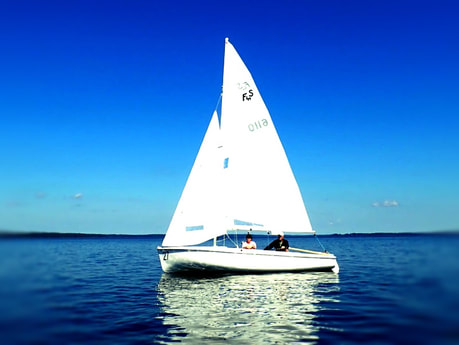
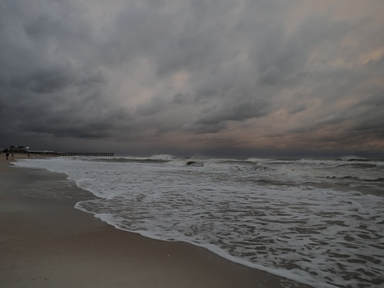
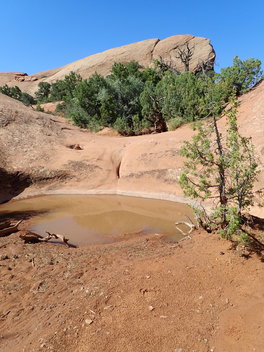
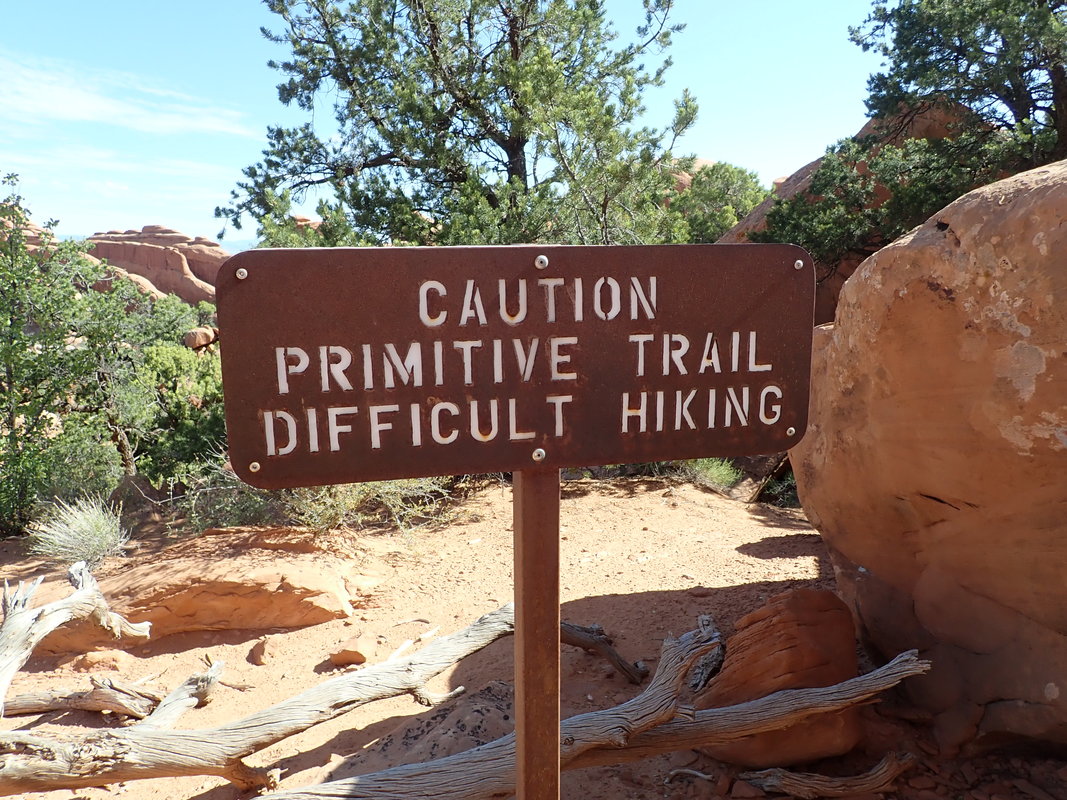
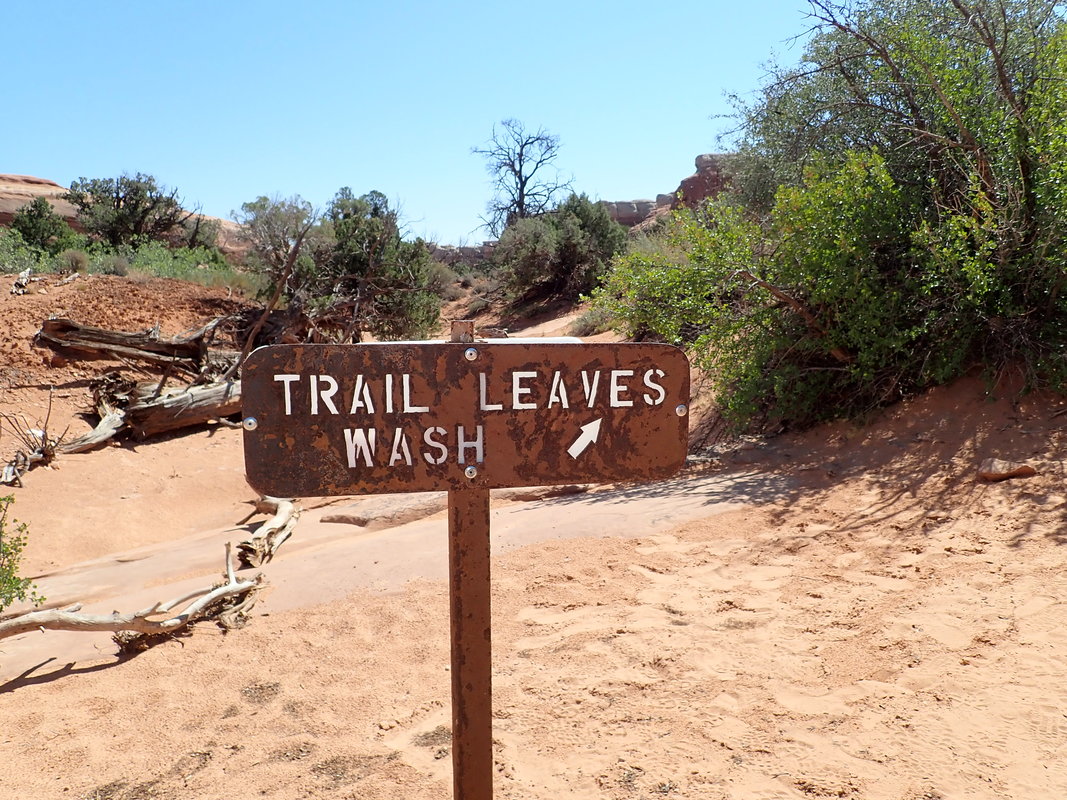
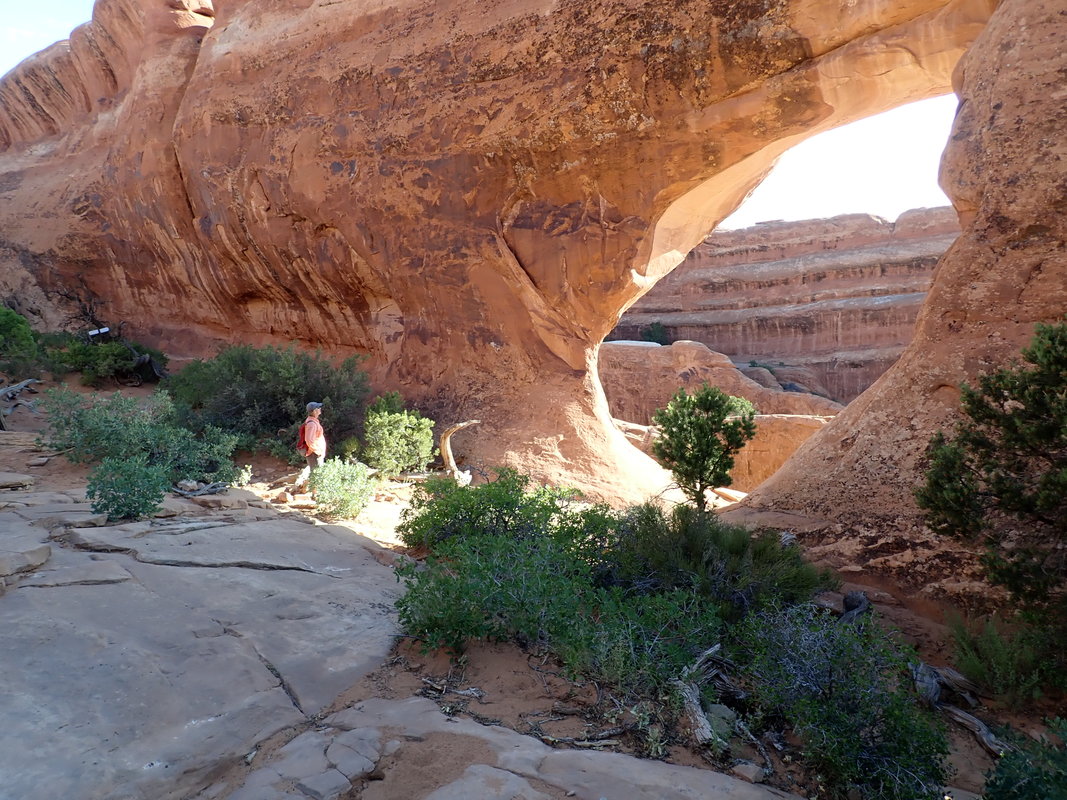
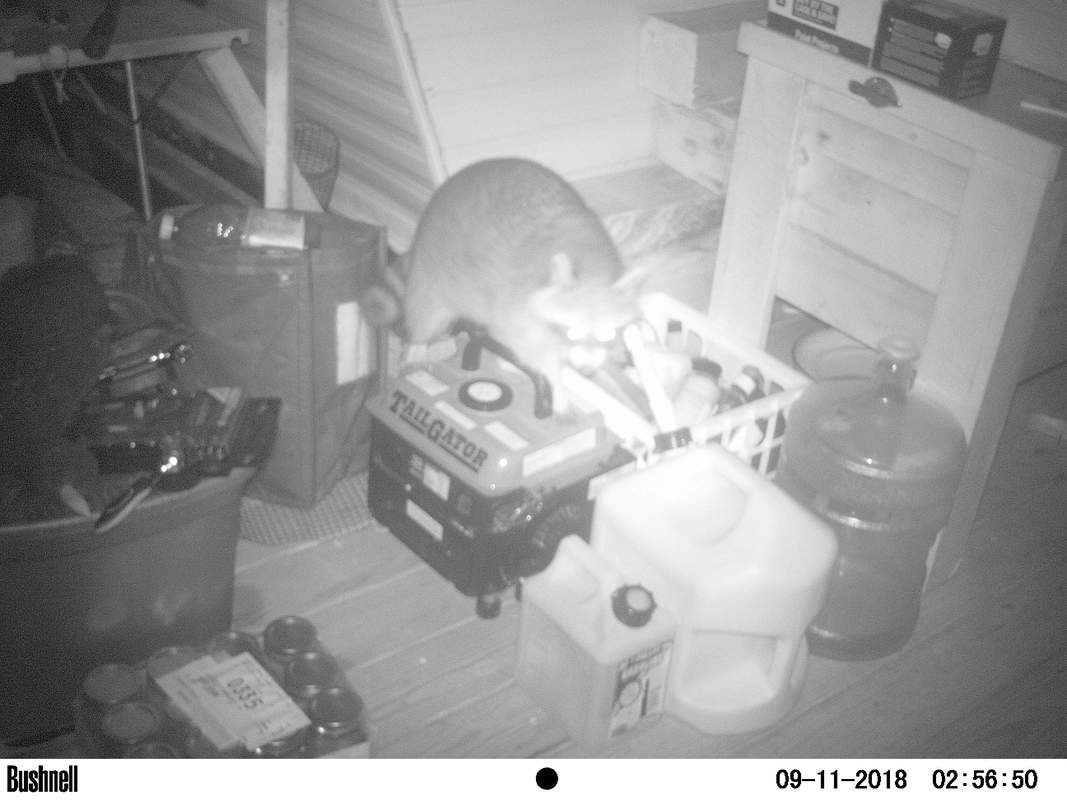
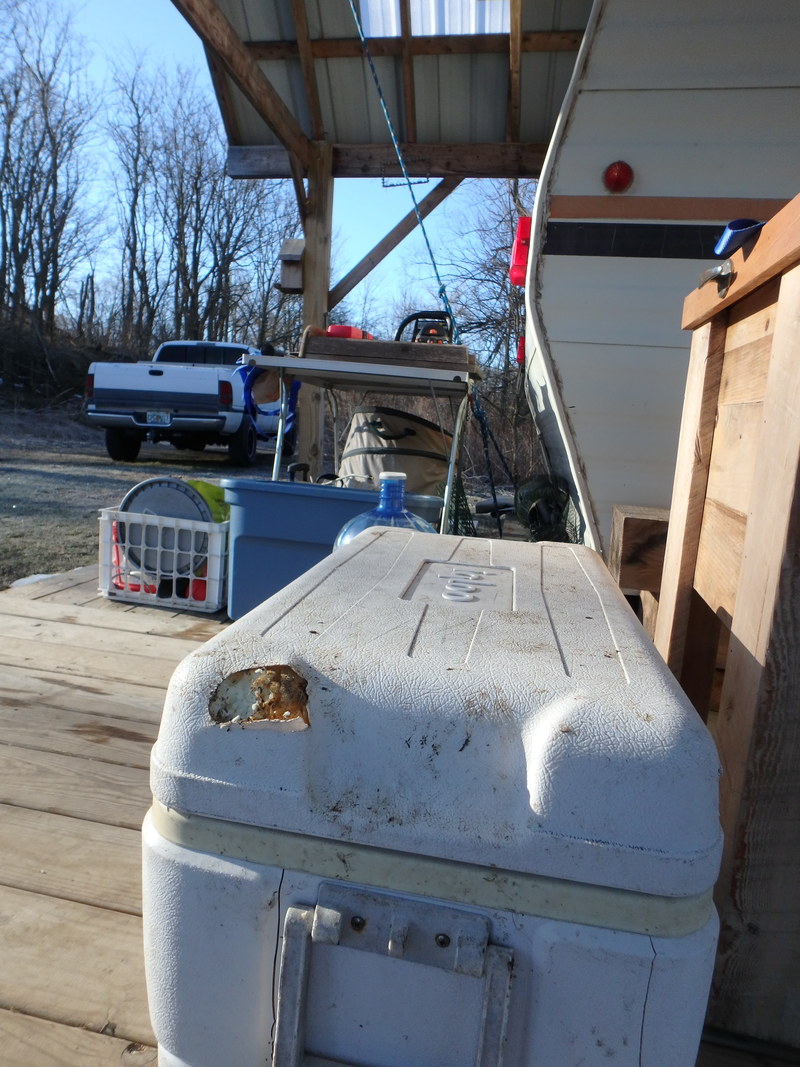
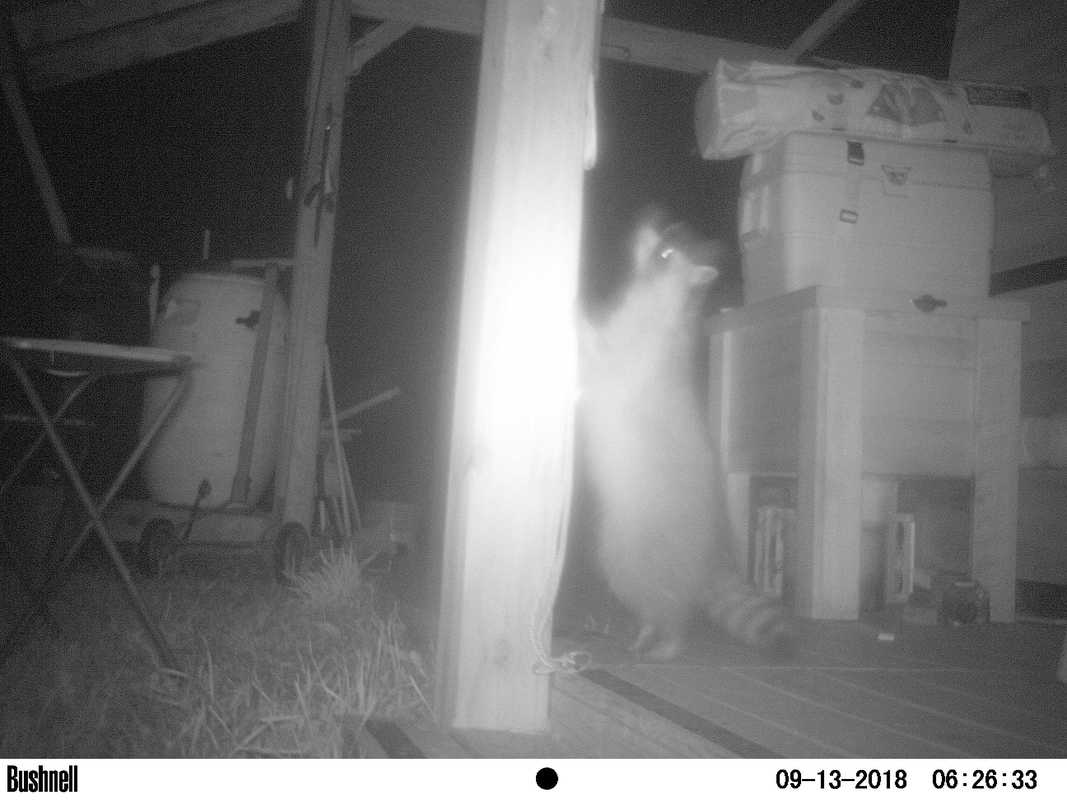
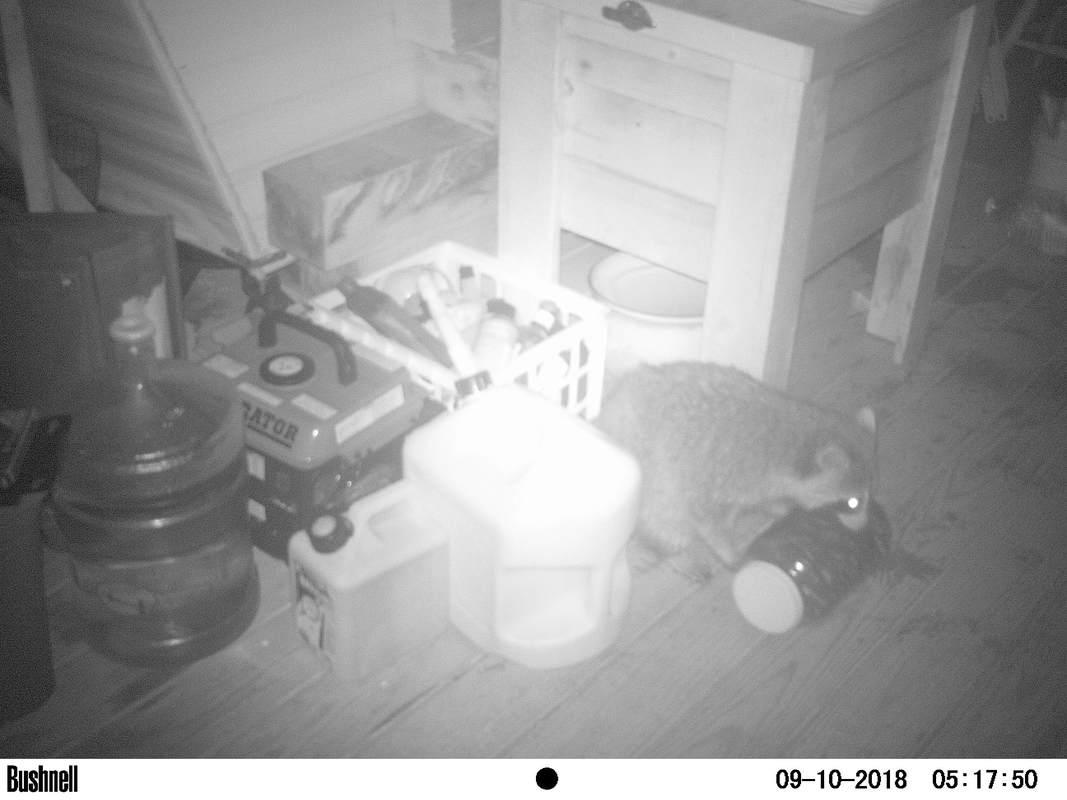
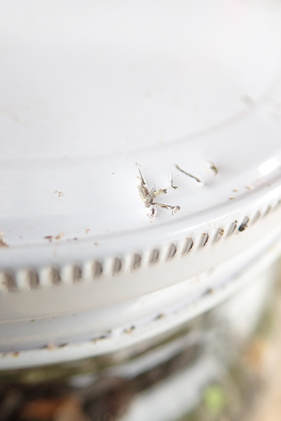
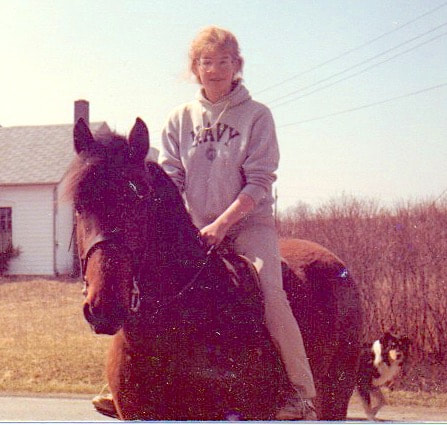
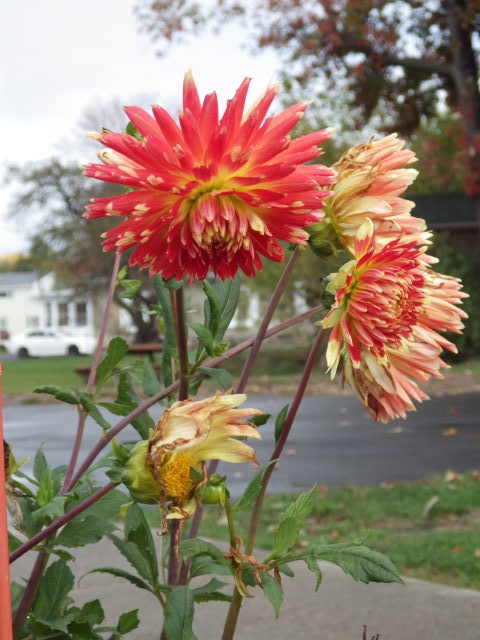
 RSS Feed
RSS Feed
